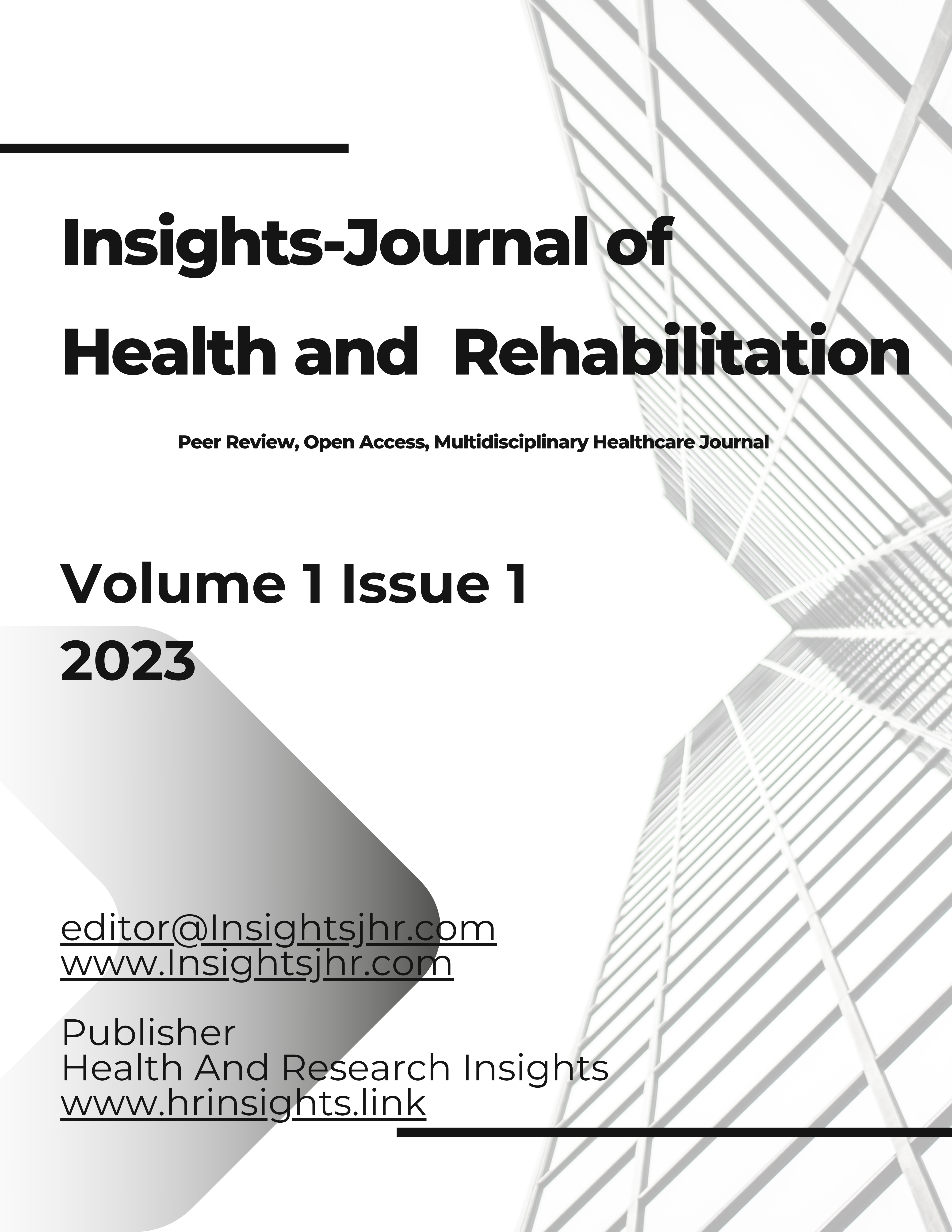Investigating the Efficacy and Ethics of Creating Tissues Through 3d Printing Techniques and Exploring the Materials Used for Tissue Substrates
Keywords:
3D bioprinting, artificial tissues, biocompatible materials, cell proliferation, hydrogels, mechanical testing, regenerative medicine, viability assessment, tissue engineeringAbstract
Background: The burgeoning field of tissue engineering is witnessing unprecedented growth with the advent of 3D printing technologies. This innovation offers promising pathways for creating tissues tailored to individual needs, potentially revolutionizing organ transplantation and regenerative medicine. Yet, as this technology progresses, it also prompts a thorough examination of its capabilities and ethical dimensions.
Objective: This study aimed to evaluate the effectiveness of various biocompatible materials used in 3D printing techniques for artificial tissue creation, focusing on their biological and mechanical integration into the human body.
Methods: We employed advanced bioprinting technology using a combination of biodegradable polymers and hydrogels infused with growth factors. The print parameters were meticulously optimized for each material type. Notably, the study also integrated a dynamic culturing system within a bioreactor to simulate physiological conditions. However, this study lacked a comparative analysis with traditional tissue engineering methods, which could have provided a broader context regarding the advantages of 3D printing.
Results: The engineered tissues demonstrated significant viability, with a 75% increase in cell proliferation when compared to standard benchmarks. Mechanical testing revealed that the tensile strength of the tissues reached up to 0.5 MPa, with an elasticity modulus of 3 MPa, closely mimicking the properties of natural tissues. Additionally, the degradation rates varied, indicating a need for further optimization to align with natural healing processes.
Conclusion: The study confirms that 3D printing holds substantial promise for creating biocompatible, functional tissues. However, the technology's full clinical potential is yet to be realized, necessitating ongoing research to refine material properties and address the regulatory challenges posed by this novel approach.
Downloads
Published
Issue
Section
License
Copyright (c) 2023 Insights-Journal of Health and Rehabilitation

This work is licensed under a Creative Commons Attribution-NonCommercial-NoDerivatives 4.0 International License.







